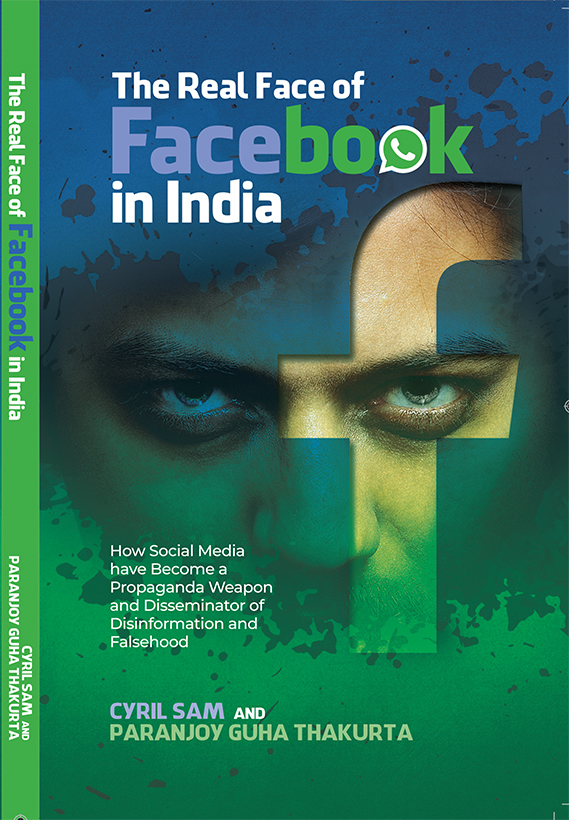Since much of India's mainstream media and the corporate sector is rather gung-ho about Narendra Modi becoming the country's next Prime Minister, here's a contrary point of view on why the Gujarat Chief Minister may not be able to fulfil his ambition. This article argues that the road ahead for the Bharatiya Janata Party and its prime ministerial candidate is going to be far from smooth.
The chances of the BJP obtaining close to, or more than 200 seats in the next Lok Sabha is far from certain. This means that even if the BJP is part of a National Democratic Alliance type of coalition government in Delhi, the possibility of Modi occupying the most important post in India is not inevitable. The future partners of the BJP in an NDA-type coalition could theoretically decide on someone other than Modi to head the government and the party would have no choice but to accede to their wishes.
It is important to analyse the political situation in the country as dispassionately as possible, leaving aside one's personal biases. Nor should one get unduly influenced by opinion polls. Let's look at certain facts which are incontrovertible. The Indian polity has fragmented considerably since 1996, though there was some consolidation in 2009. The two largest parties, the Congress and the BJP, without their allies or coalition partners, have together managed to obtain only half the votes polled. In other words, half of those who vote in the India - or close to 60 per cent of the more than 800 million strong electorate - do not vote for either the Congress and the BJP. Out of the 28 states in India, in only six states, that is, Uttarakhand, Himachal Pradesh, Rajasthan, Gujarat, Madhya Pradesh and Chhattisgarh, is the polity sharply divided between the Congress and the BJP. In states like Tamil Nadu and West Bengal, both the two largest national parties exist only on the fringes.
Will this pattern of electoral behaviour change dramatically in the next general elections? Although the BJP is expecting a huge surge in favour of Modi, this may not happen and regional parties - including the All India Anna Dravida Munnetra Kazhagam, the Trinamool Congress, the YSR Congress, the Biju Janata Dal and the Bahujan Samaj Party - may instead gain significantly, further fragmenting the polity.
The ability of the BJP to come close to the 200 MPs mark in the next Lok Sabha is contingent on the party performing remarkably not just in Rajasthan (where it had only four out of 25 seats in 2009) but also in Bihar (12 out of 40) and, most importantly, in Uttar Pradesh (ten out of 80). While the party is expected to gain a lot in Rajasthan, how well it performs in Bihar and UP remains to be seen. The BJP should increase its tally in Gujarat (15 out of 26), Madhya Pradesh (16 out of 29) and Maharashtra but the party is probably to lose seats in Karnataka (19 out of 28) and Chhattisgarh (10 out of 11).
The question that obviously arises is how the BJP-led NDA can hope to win a majority of the 543 seats when the party is itself non-existent in roughly 200 constituencies, including all the constituencies in four states together accounting for 144 seats: Andhra Pradesh (42 seats), West Bengal (42), Kerala (20), Tamil Nadu and Pondicherry (40). Muslims in these constituencies is very important.
Muslims account for one out of seven voters in India. Whereas members of this community account for roughly nine per cent of the population of the Gujarat, the national average is approximately 14 per cent. Besides Jammu & Kashmir which is a Muslim-majority state, in states like West Bengal and Kerala the population of Muslims is close to a fourth and in Uttar Pradesh and Bihar, this proportion is nearly a fifth.
The short point is that if the overwhelming majority of Muslims in India is not favourably inclined to support the BJP in general and Modi in particular (and not merely on account of the post-Godhra communal carnage that took place in 2002), it will not be easy for the Hindu nationalist party to obtain the kind of seats optimistically expected by BJP spokespersons.
Finally, there is yet another factor that may thwart Modi's ambitions. That is the Aam Aadmi Party. If the new party is able to put up 200-odd candidates for the Lok Sabha elections, these candidates could not merely eat into the traditional Congress vote (of whatever remains of it) but simultaneously damage the prospects of BJP candidates. The road ahead for Modi is not going to be smooth.


